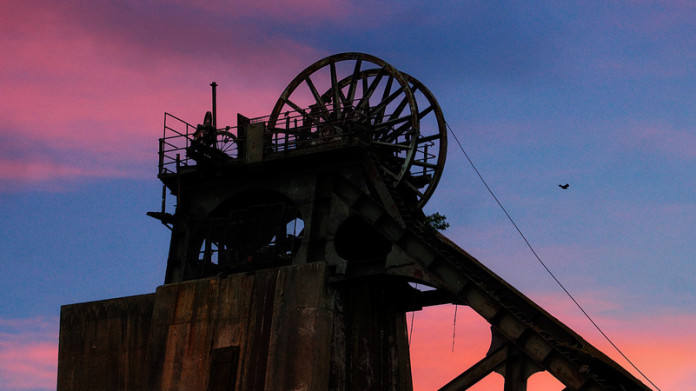
THE era of deep-level gold and platinum mining in South Africa, which is the world leader in these fields, is drawing to a close with no more deep-level shafts likely to be sunk.
That was the message from a panel of heavyweight mining industry executives discussing the opportunities and challenges for gold and platinum group metals (PGMs) at the Joburg Indaba mining investment conference held in Johannesburg on Wednesday.
The panel consisted of Impala Platinum (Implats) CEO, Nico Muller; Anglo American Platinum (Amplats) CEO, Chris Griffith; Lonmin CEO, Ben Magara; Harmony Gold CEO, Peter Steenkamp; and Noah Capital Markets mining analyst, René Hochreiter.
Amplats has sold its deep-level Union and Rustenburg division shafts situated around Rustenburg to Sibanye-Stillwater. Implats has embarked on a radical two-year restructuring programme to cut the number of deep-level operating shafts at its Rustenburg division from 11 to six within two years retrenching some 13,000 workers in the process.
Harmony has bought a string of marginal “used” gold mines from other South African mining groups over the past 20 years – the latest being AngloGold Ashanti’s Moab Khotsong – but now views its long-term future as being dependent on the development of the Wafi-Golpu copper/gold project in Papua New Guinea.
Panel chairman Henk de Hoop, business development manager for Rand Merchant Bank, asked Steenkamp just how long gold mining had left in South Africa beyond “… two or three big mines”.
De Hoop commented: “A year back South Deep was the one that was going to be around for 50 years but that looks a lot shorter nowadays”. Steenkamp replied: “I think the reality is that in ten years from now there will probably only be five orebodies being mined in South Africa. There are some projects we can do to extend the life of mines but reality is that gold mining is at the end of its thing”.
Griffith said AngloPlat had projects which could be developed to meet future potential growing demand for platinum but he noted, “… luckily, these are not big, deep vertical shafts.”
Asked by De Hoop whether Implats could develop more deep-level shafts after the 20 shaft project currently under construction near Rustenburg Muller replied: “Absolutely not”.
There were a number of reasons for this decision. These included safety concerns; forecast operating costs running above inflation because these were dominated by labour; the problems involved with adopting new technology in deep-level mines compared with opencast and mechanised operations; and issues such as advancing women in mining which was far easier on opencast and mechanised mines.
Muller also pointed to future competition from lower-cost platinum mining projects and commented: “There’s Booysendal, there’s the Platreef, there is Waterberg, there is the Great Dyke. How is a conventional deep-level shaft going to compete with those projects 10 to 15 years from now? It’s just ludicrous. It’s not happening.”










